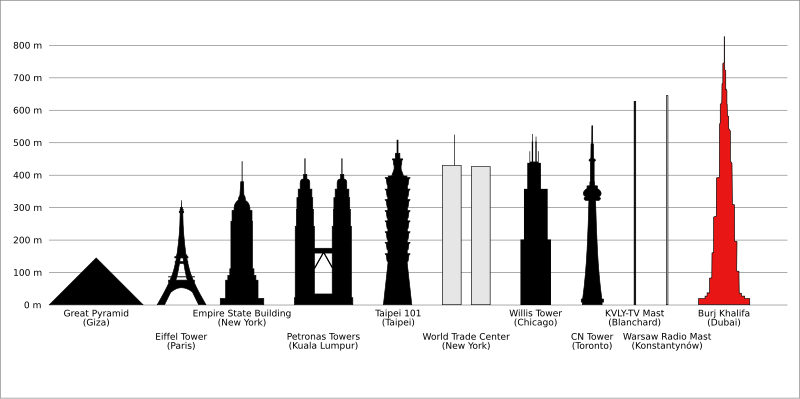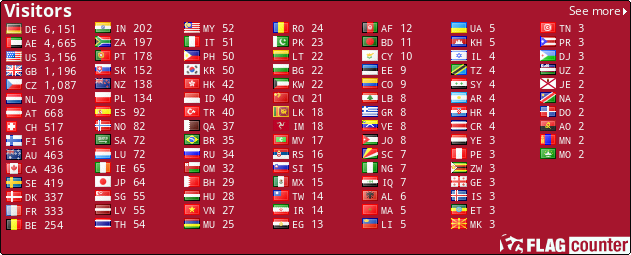The geology of the Arabian Gulf area has been greatly influenced by the deposition of marine sediments resulting from a number of changes in the sea level and upliftment of the land mass within recent geological time. The U.A.E. is fairly low-lying adjacent to the Arabian Gulf coastline and layers closest to the surface are predominantly from the Quaternary to late Pleistocene age, including sand dunes, sabkha and marine sands. Dubai is situated towards the eastern edge of the geologically stable Arabian Plate and separated from the unstable Iranian Fold Belt to the north by the Arabian Gulf. The site is therefore considered to be located within a seismically active area. Small earth tremors are felt on a regular basis in the region based on seismic activity on the Iranian coast.

Burj Khalifa
The Burj Khalifa is well over 800m tall – i.e. over ½ a mile high! It is currently the world’s tallest building. The foundation system for the Burj Khalifa is comprised of 192 bored piles (drilled shafts) 1.5-m (approximately 5-ft) in diameter and approximately 50-m deep (164-ft). A 3.7-m (12-ft) thick raft foundation sits on top of the piles under the full footprint of the structure. So the entire building is built on the thick concrete platform. A high density, low permeability concrete was used in the foundations, as well as a cathodic protection system under the mat, to minimize any detrimental effects form corrosive chemicals in local ground water. A total of 58,500 cubic yards (44,726 m3) of concrete was used in the foundation, weighing 110,000 tons.
So what is the geology like below this massive skyscraper? Geotechnical studies showed that there are layers of loose to medium dense sands overlying weak to very weak sandstone and siltstone with interbeds of gypsiferous and carbonate cemented layers (still relatively weak). To compound this, the bedrock is also very close to sea level and being weak and permeable, has a lot of groundwater with a high salt content in it.
Large holes were dug/drilled and a specialized slurry was poured in to stabilize the hole. Then a concrete mixture was poured in (and it was imperative that the maximum air was removed from this mixture to maximize strength) with reinforced steel to form the pile.
The foundation is extremely important to prevent the structure (or parts of it) sinking into the sand and then toppling over. Also to keep the entire structure stable when it is exposed to stresses such as high winds and geological (seismic) activity. Extensive geological surveys and geotechnical modeling was done on the Burj Khalifa before and during construction.

In order to substantiate your visit and be able to claim this Earthcache, a number of questions need to be answered and submitted to the cache developer, via e-mail.
You could also post a photograph on the site with your log of your GPSr near GZ. [Optional but appreciated]
1. As you drive to the Burj Khalifa – you will see a lot of construction projects – many with exposed basements and pile driving machines in place. Describe the exposed rocks and sediments that are seen in these construction sites. Considering the weight and height of the skyscrapers in the area – what challenges do you think this poses builders?
2. Are the rocks that the Burj Khalifa is built on (under your feet) sedimentary or igneous? Why do you say that?
3. Concrete is made predominantly from Calcium Carbonate. This is mined from limestones and similar rocks. Where do these rocks generally originate (not the geography – but source of the Calcium originally). An interesting observation is it note that some of the smallest creatures are responsible for one of the largest buildings!
4. Describe any evidence you see of subsidence (settling) and salt in the groundwater.
NOTE: You may log your visit prior to approval, but e-mail submissions that do not meet the above criteria will be deleted.
